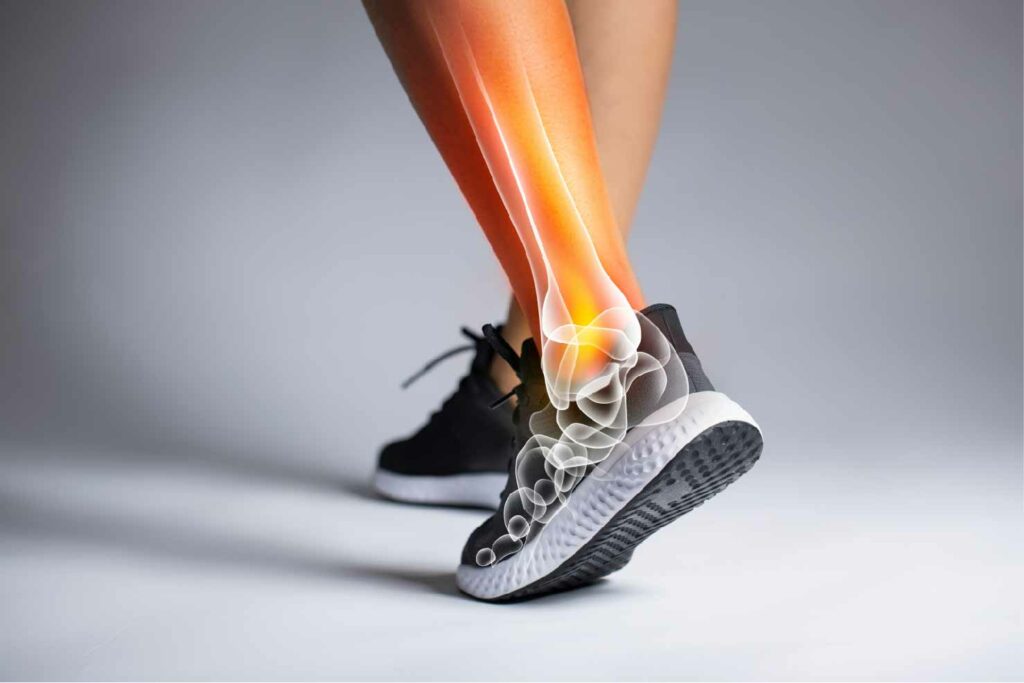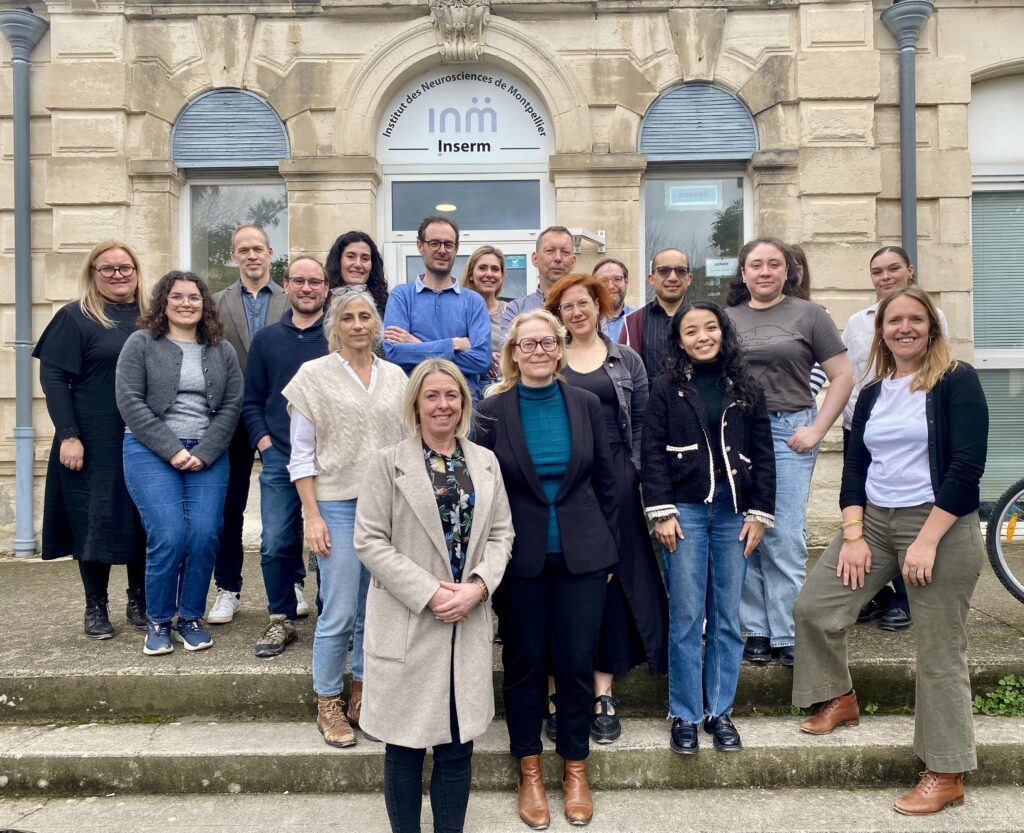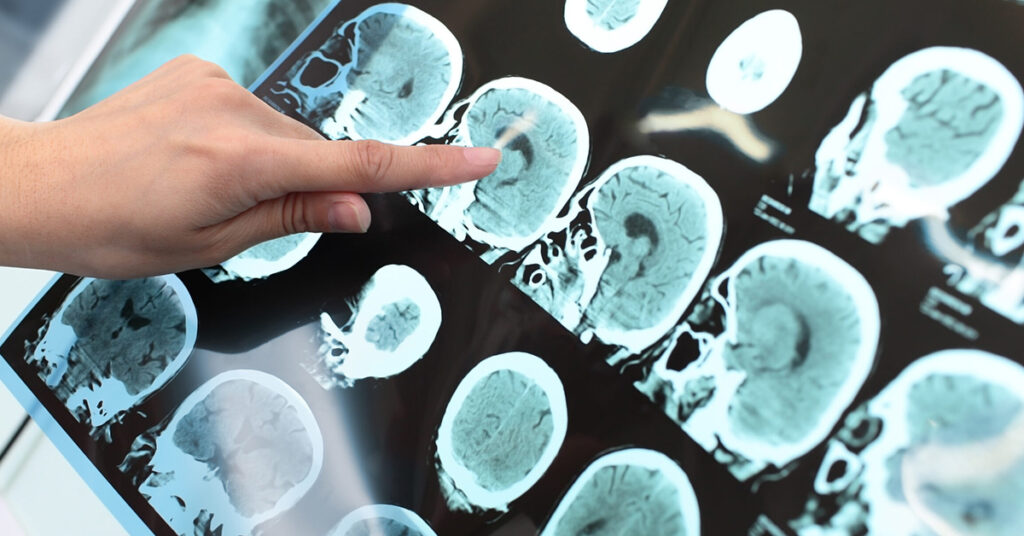News
Digital Patient Monitoring Takes First Steps
Pioneering wearable technology for remote monitoring of patients with orthopaedic conditions aims to improve care and prevent long-term consequences

Researchers at the Luxembourg Institute of Health (LIH) and the Centre Hospitalier de Luxembourg (CHL) as well as Lux tech firm IEE, have recently launched the GAITORING project. The initiative aims to develop a wearable digital technology that will remotely supply care providers with details of their patients’ ability to properly perform their regular daily activities. Such collection of data on the quantity and the quality of movement aims to help healthcare professionals to improve their patient’s care and avoid common long-term consequences of orthopaedic conditions.
Patients with common orthopaedic conditions such as musculoskeletal injuries (e.g. knee sprain), osteoarthritis, as well as those following surgical procedures usually require long-term follow-up with regular medical visits and rehabilitation sessions. The latter however represent standardised examination in a controlled environment, and unfortunately, do not ensure the patient a safe and normal return to daily activities without any complaints or functional impairment in the short, medium or long term.
Outside the hospital, patients may, and often do, perform abnormal actions during their recovery. These can include alterations in their gait pattern, changes in physical activity behaviour and excessive loading during their daily life activities, which will put them at risk of long-term consequences (i.e., arthrosis, secondary injuries). As it is currently not possible for healthcare professionals to observe these alterations during daily living, a way to monitor patients beyond the examination room would represent a significant step forward to personalised medicine. This would enable the adaptation of therapeutic strategies according to the recovery and lifestyle of each individual patient. In an effort to address this need, researchers at the LIH led by Dr Laurent Malisoux of the Physical Activity, Sport and Health group, in collaboration with the orthopaedic department of the CHL and Lux tech firm IEE, are seeking a digital healthcare solution. With the launch of their new GAITORING study, they aim to develop and validate a remote monitoring system that can gather information about patients’ activity during their daily lives.
The possibility to remotely monitor load bearing and gait patterns in patients would help clinicians in many ways such as detecting gait metrics that are out of normal range, avoiding load in the injured/operated limb, or controlling progressive load on it. Thus, monitoring the patient’s progress in daily living conditions is essential for proper adjustment of their treatment,
explains Dr Malisoux.
A key element of the project is a new wearable tech system called ActiSense. This consists of pressure-sensitive insoles, developed by sensor experts IEE, that are inserted into a patient’s shoes and linked with inertial measurement units that detect their motion. Combined with analysis software to interpret this information, the data takes into account not just the amount of movement (e.g. number of steps, stairs climbed per day), but the quality of that movement (e.g. step cadence, contact time etc.).
“The gait and load data will be transmitted via Bluetooth Low Energy to a smart device, and then uploaded to the cloud via a smartphone application. Selected results will be directly displayed by the app to the patient, while the healthcare professional will be able to access more detailed data sets through a web interface,” elaborates Martin Thinnes, Head of Accelerator Printed Sensors and Wearables at IEE who are developing the hardware.
The first major initiative of the program, which launched in June, will be to collect the feedback of the potential end-users (i.e. healthcare professionals) about their needs in their daily clinical practice. This will help identify the most critical gait parameters needed for them to evaluate the status and progress of their patients. The next stage will be to conduct a validation study to assess the safety and performance (i.e., validity, accuracy and reliability) of the system against gold standard measures in a controlled environment.
Finally, a feasibility and acceptability assessment led by the CHL will look at whether the novel technology can be successfully implemented from a clinical perspective. Volunteer patients with orthopaedic conditions will be asked to wear devices as much as possible during waking time for one week, giving researchers an indication of whether patients are likely to use the device effectively and whether the data obtained is seen as relevant and useful for healthcare professionals.
The whole process aims to embrace the feedback of both patients and clinicians in order to refine the technology and create a practical system with maximum real-world impact. This could then lead to more focused trials, for example, in patients at risk for secondary knee arthrosis or treated for primary/secondary knee osteoarthritis.
The proposed project will enable us to make important steps toward bringing the new digital health solution to patients. Not only will this innovation be validated against the current gold standard for gait related applications, but this will follow the regulatory path toward medical certification of the device, enabling access for patients and clinicians alike,
summarises Dr Malisoux.
The project has received funding as part of a joint call from the Luxembourg National Research Fund (FNR), the Ministry of the Economy (MECO) and Luxinnovation. The study is set to last until November 2024, with the initial feedback stage of the project set to commence in September. More information about GAITORING can be found via the LIH Research Portal.
Funding and collaborations
This PPP Healthtech Project GAITORING benefits from the shared financial support by the Luxembourg National Research Fund (FNR) and the Ministry of the Economy.







